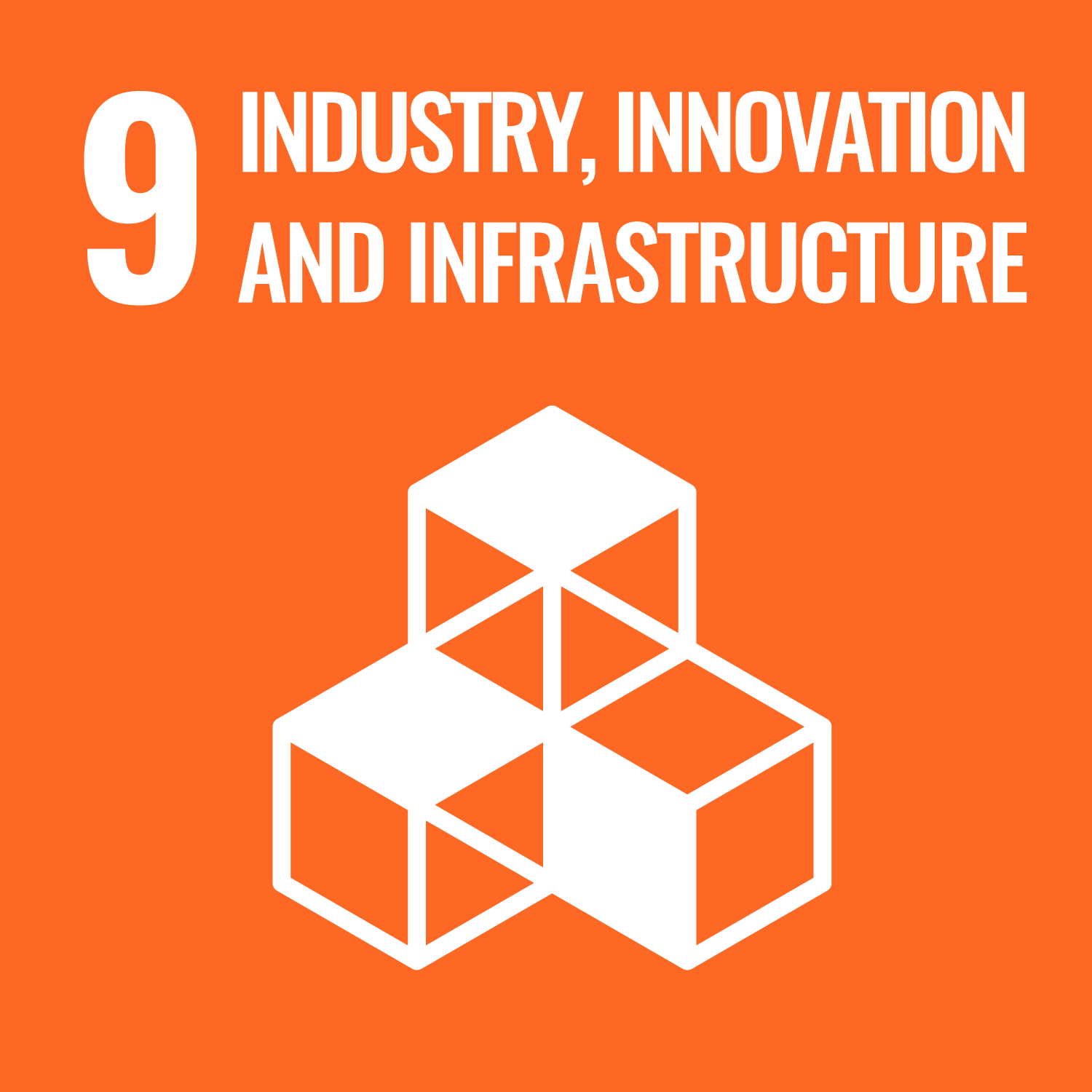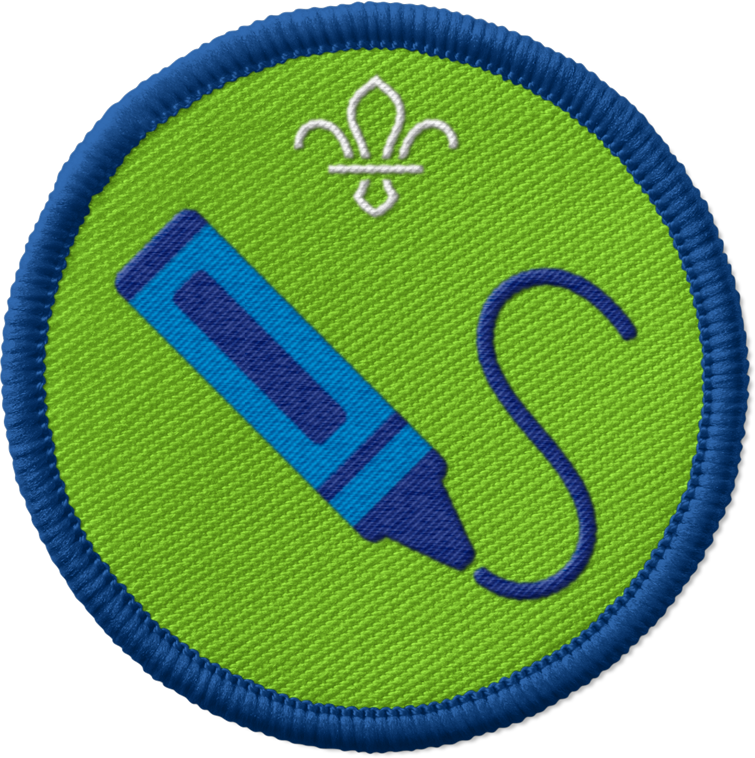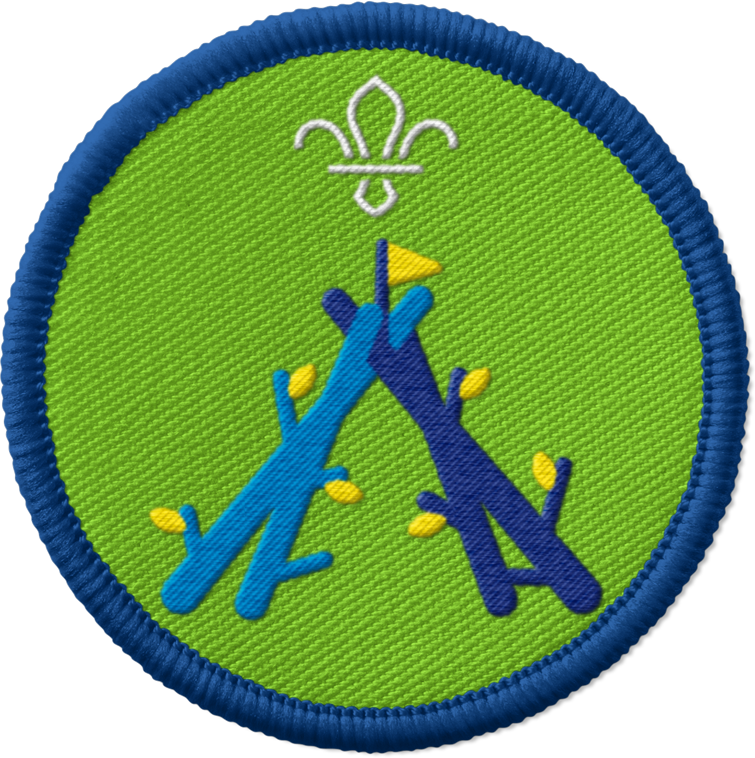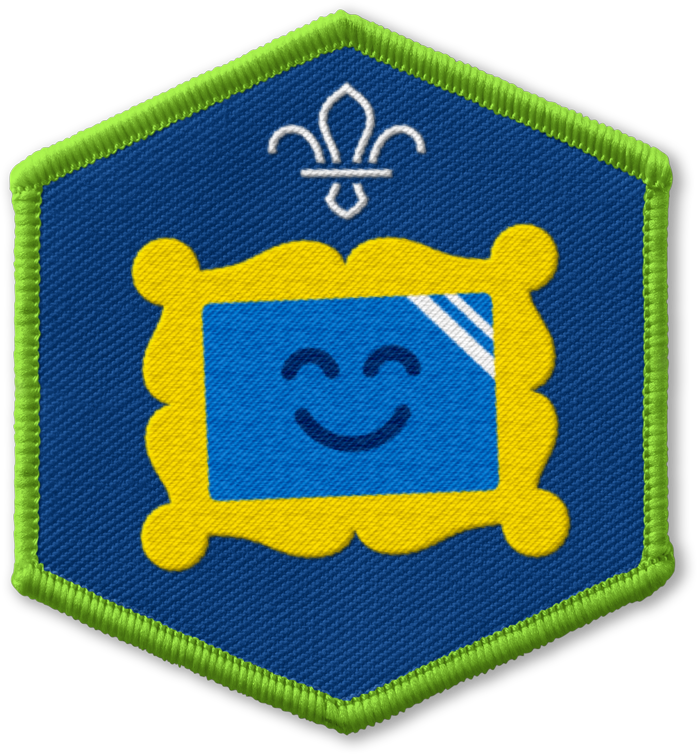
Make a house pledge
You’ll need
- Pens or pencils
- Square pieces of paper
Before you begin
- Remind yourself of everything people have done to help end homelessness for good: how did they identify the need, plan action, and take action?
- If you have resources people made, or photos and videos of them taking action, bring them to show everyone. You could ask people to bring their own photos and resources too.
- Write the Questions to ask on six pieces of paper and display them around your meeting space.
- What theme did we explore?
- What did we do?
- Why did we do it?
- How did it make you feel? What skills did you develop?
- How did the project make a difference for people or the environment?
- What could we do next?
Remember, remember
- The person leading the activity should help everyone remember the main details about their project so far. They should use any resources, photos, or videos to help jog people’s memories.
- Everyone should split into six groups. Each group should go to a different piece of paper with a question on.
- Each group should spend two or three minutes thinking about each question, chatting with their friends, and jotting down their ideas.
It’s especially important to write down the answers to the final question.
- The person leading the activity should keep track of time. After a few minutes, they should tell everyone to move to the next sheet of paper. Everyone should keep moving around until they’ve had a chance to reflect on each of the six questions.
- Everyone should share their ideas.
This is a great chance to congratulate everyone again – take a moment to celebrate successes and people’s hard work.
Think about pledges
- Everyone should think about what they’d like to do next to keep working towards ending homelessness.
For example, you could pledge to speak to someone specific, write a letter to someone, or find out more about something. People can choose anything that helps towards the goal of having conversations for change and helping to end homelessness.
- Everyone should choose two pledges and write them on two squares of paper.
People could choose to share one pledge between them, or choose pledges individually or in small groups.
Make origami houses
- Fold the square of paper in half from top to bottom, then from left to right.
- Unfold the square of paper.
- Fold the left edge to meet the centre of the square. Fold the right edge to meet the left edge (at the centre of the square).
- Fold the bottom edge up to meet the centre of the rectangle. Fold the top edge down to meet the bottom edge (at the centre of the rectangle). You should have a square of paper.
- Unfold the folds you made in step four to turn the rectangle back into a square.
- Keeping the left and right edges folded in at the bottom, fold the top edge down the meet the middle as you push the side flaps outwards, to make two slopes.
This step’s a little trickier – there are some helpful images on the Stem Little Explorers website.
Share the pledges
- Everyone should share the pledges they’ve chosen with others in the group.
- Everyone should decide how they’ll monitor the pledges.
How will you celebrate when someone completes a pledge? How will you support each other if it gets tricky?
- An adult could share pictures of the pledges on social media.

This activity helps contribute towards some of the UN's Sustainable Development Goals. Find out more about the SDGs, and how Scouts across the world are getting involved.




Reflection
This activity was all about reflecting on a project and how it helped people’s community and encouraged them to be citizens. How did the project make a difference? Did people try anything new in this project or develop new skills? How will people use their pledges to make even more change?
Safety
All activities must be safely managed. You must complete a thorough risk assessment and take appropriate steps to reduce risk. Use the safety checklist to help you plan and risk assess your activity. Always get approval for the activity, and have suitable supervision and an InTouch process.
Depending on your group, it may be useful to have an adult at each sheet of paper to help people write down their ideas.
It’s up to you whether you work individually, in pairs or small teams, or as a whole group.
People can record their thoughts on the big sheets of paper in whatever way works for them, including drawing and writing ideas down.
People don’t have to write their pledges – they could draw them too. People should help each other if anyone’s finding the origami tricky.
Discussing homelessness may be difficult for young people who have experienced homelessness or have connections to it through other people. Make sure they know you’ll be covering the topic, and check what you can do to make it easier. This may involve avoiding specific scenarios or making sure there’s a space for them to take a break. Make sure people’s communication is respectful and supportive.
All Scout activities should be inclusive and accessible.
Can you get other people to make pledges? How about friends, the people you live with, or people at school?



